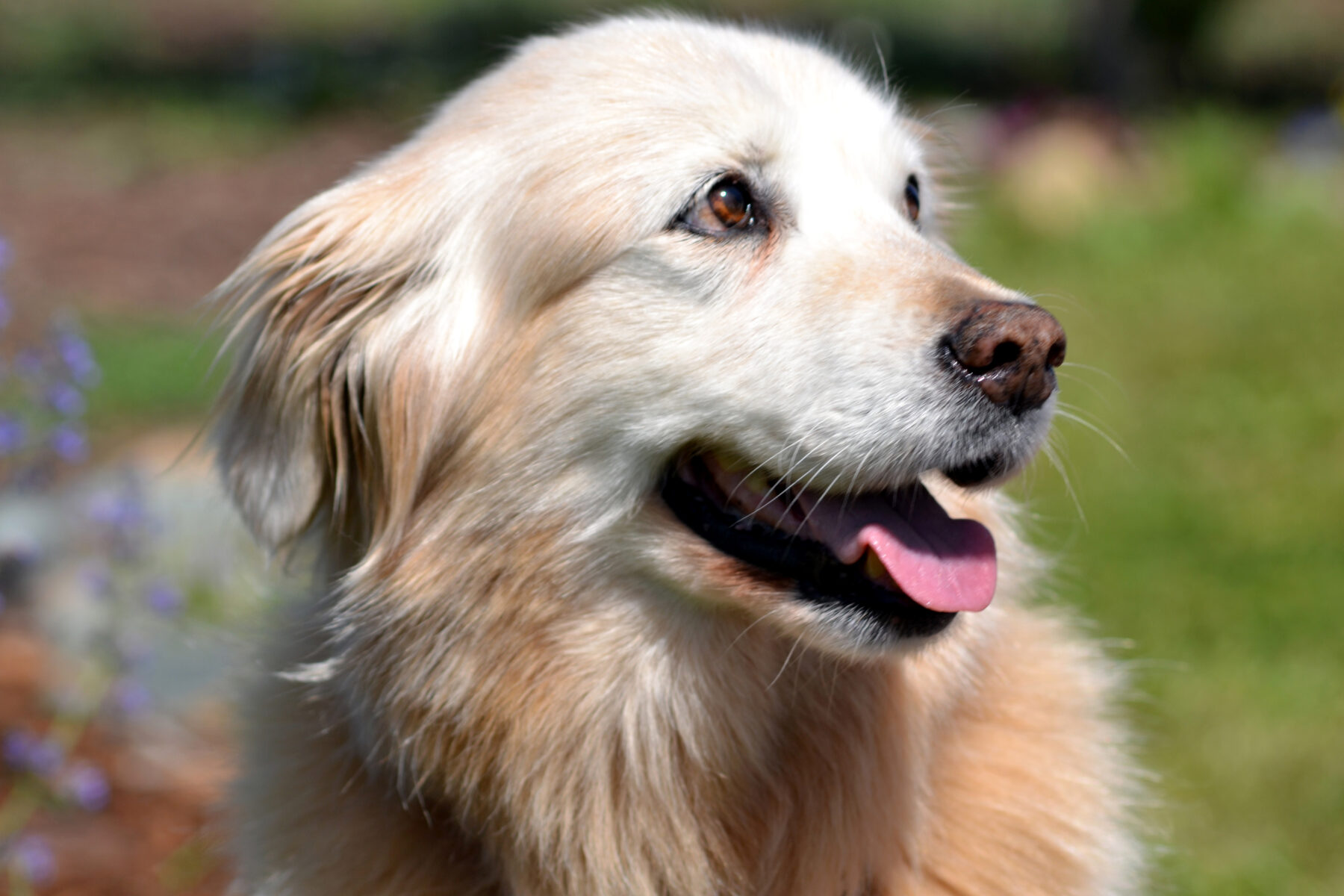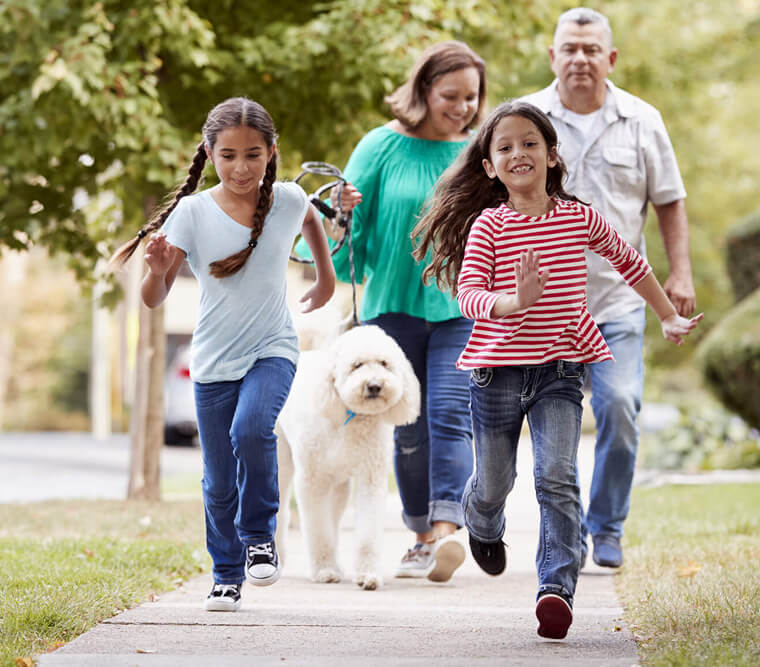
Fostering 101: Why you can and should foster a dog
Written by Kristina M., Badass foster mom since 2020
“I Would Love to Foster, BUT…”
When discussing my experiences fostering, I rarely have to mention the positives. Everyone knows #FosteringSavesLives, and giving a comfortable transitional home to a pup in need (and for some dogs – their very first!) is a rewarding and noble endeavor. But these conversations often end the same way:
“It’s so amazing you foster, but I could never because ______.”
Some issues are valid (i.e. my building doesn’t allow pets), but more often than not, it’s the logistical and commitment fears that keep people from joining the foster community. Let’s debunk some of those “buts.”
DO I HAVE THE RESOURCES FOR A FOSTER DOG
“My apartment is too small.”
“I don’t have the money.”
Keep things in perspective: Most, if not all, of these dogs are coming from shelters or stressful environments and whatever space you have or what you can provide for them is going to be an improvement. However, you should also NOT expect to be placed with a dog that NEEDS more than you are able to give.
That’s what makes fostering with Badass such a special program. When becoming a dog foster with Badass, you can specify size and energy limitations of dogs that you’re able to home and will be matched accordingly. If you want a dog who doesn’t need a ton of engagement, there’s probably a senior couch potato in rescue that’s just looking for some attention. Or, if you’re looking for motivation to exercise more, there will be a young pup ready to be a running-buddy-in-training.
You will also be provided with most of the bigger basics (bed, crate, toys) and Badass covers the expenses of preventative care and medical treatments. Most of the expenses a foster is expected to cover are food and dog-walking related, though Badass also has partners and supporters who give discounts or donate supplies. You’ll also join an active foster community, as we are all here to support each other, and will be willing to lend a hand (or a ride to the vet, or weekend play date) when able.
DO I HAVE THE TIME FOR A FOSTER DOG
“I work too much.”
“I’m always traveling.”
Not everyone has time for a dog, and kudos for recognizing that they’re a commitment. However, if you’re willing to donate the time you do have to a pup, fostering is a great option.
Being part for the foster network does not mean you’re being depended on 365 days a year, and you can take a break when you need. It is beneficial that when you first bring a dog in that you have the time to help acclimate them to their new environment, but then you should quickly return to your normal schedule. If you like to travel or occasionally need to for work, there are temporary fosters who can take your pup while you’re gone.
Temporary fosters are just as important, and is ideal involvement for those who have non-traditional schedules and freelance or project-based employees (i.e. those in the healthcare or entertainment industry). Temp fosters are contacted when needed to take dogs in for weekends or holidays, or just when their long-term foster needs a deserved break!
DO I HAVE ENOUGH DOG EXPERIENCE
“I’m afraid of getting an unruly dog.”
“I don’t know where to start.”
Fosters are not dog professionals, and no one is expected to have experience beyond “I want to help rescue some dogs.” Again, no one will get placed with a dog they can’t handle, and there is a large network of fosters and volunteers to answer your specific questions. There are also licensed dog behaviorists who work with Badass and can provide assistance (through the foster team and free of charge) when necessary.
Before becoming an approved foster, all applicants are required to take a foster training course, which will answer many FAQ with bringing home a new dog.
AND THE MOST COMMON…
“I would get too attached.”
This will happen. You will love every dog that comes through your door (because it’s impossible not to) and you may get emotional when they’re adopted. Don’t let it deter you, though, because as much as you love your foster, it’s important to remember that you were a critical part of that dog’s journey to become adoptable and get a second chance at a new beginning.
You can also ask these questions to check if your attachment to this specific dog is “forever” or “for right now.” Ask yourself things like:
-
Are you able to keep up with their energy? Can they keep up with you?
-
Would you ideally prefer a dog who’s more of an accessory, companion, or just something to come home to? What environment or expectations would your foster thrive?
-
Does your foster have ongoing medical needs, and can you afford them (for instance, pet insurance does not cover preexisting conditions)?
-
Does your foster need structure and a set routine? Does your schedule and lifestyle allow that?
-
If currently working from home, is this (theoretically) temporary? Do you think if your lifestyle will change when your schedule changes?
-
What type of guardian does your foster dog need? Do you think you fulfill that?
-
What is your career or personal trajectory? Does this dog fit in?
In the simplest terms, a relationship with your forever dog should be 50/50 – what you can give should match what you get from them. If this is not a mutually beneficial relationship, it’s best to prepare for them to go to the right home. But the answers to these questions are also helpful in finding them the perfect family!
While being a foster might not be for everyone, it’s also not as difficult as it seems. There’s a whole network of support, and flexibility to work within schedules and lifestyles and experiences to make sure you and your foster pup have the best and smoothest experience in transitioning them to their forever home.

